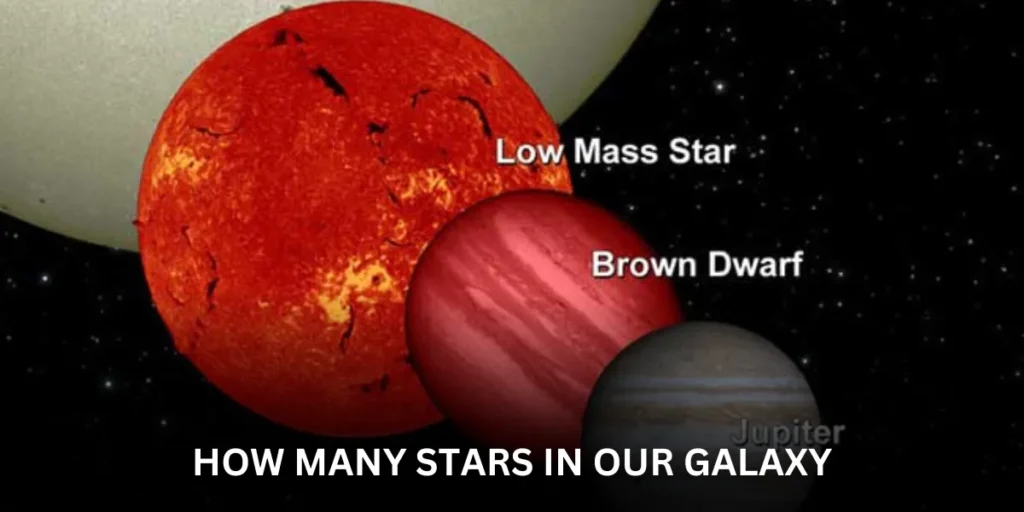
Saturday, July 6, 2024: Unveiling the Milky Way’s Starry Secrets: How Many Stars Does Our Galaxy Hold?
how many stars in our galaxy Our Milky Way galaxy is a truly colossal place, a swirling disc of stars, dust, and gas stretching across a vast expanse of space. But just how many stars reside within this cosmic metropolis? This is a question that has baffled astronomers for centuries, and even today, providing a definitive answer remains a challenge.
Despite the difficulty, astronomers have developed clever techniques to estimate the number of stars in our galaxy. These techniques rely on our understanding of the Milky Way’s structure and the properties of the stars within it.
how many stars in our galaxy One approach involves studying the amount of light emitted by our galaxy. By measuring the overall brightness of the Milky Way at different wavelengths of light, astronomers can make inferences about the number and types of stars contributing to that light.
Another method focuses on stellar populations. Astronomers can classify stars into groups based on their age, mass, and composition. By studying the distribution of these different stellar populations within the Milky Way, they can estimate the total number of stars.
Then there are massive space telescopes like Gaia, which have revolutionized our ability to map the Milky Way. By precisely measuring the positions and motions of billions of stars, Gaia is providing an unprecedented census of our galaxy.
However, counting stars in the Milky Way is far from straightforward. Here’s why:
- Hiding in the Dust: how many stars in our galaxy Our galaxy is filled with dust clouds that absorb light, particularly the light from faint stars. This makes it difficult to see all the stars, especially those that are further away from us. It’s like trying to count fireflies on a hazy night – some will be hidden from view.
- Faint Stars, Big Challenge: Many stars in the Milky Way are much fainter than our Sun. These faint stars are difficult to detect, especially at large distances. Imagine trying to count grains of sand on a beach at night – you might miss some of the finer ones.
- Counting Giants and Babies: The Milky Way contains a wide variety of stars, ranging from massive giants hundreds of times the size of the Sun to faint dwarfs that are just a fraction of the Sun’s mass. Some stars live fast and burn bright, while others live long and faint. Accounting for all these different types of stars adds complexity to the count.
So, how many stars does the Milky Way actually hold? Current estimates suggest there are somewhere between 100 billion and 400 billion stars in our galaxy. This is a staggering number, but it’s important to remember that it’s just an estimate. As our technology improves and our understanding of the Milky Way deepens, this number may be revised in the future.
how many stars in our galaxy Even with the uncertainties, though, one thing is clear: how many stars in our galaxy our Milky Way is a vibrant and teeming sea of stars. Future space missions and telescopes promise to bring us even closer to unlocking the secrets of our galactic home, revealing not only the number of stars but also their fascinating stories of birth, evolution, and death.
how many stars in our galaxy